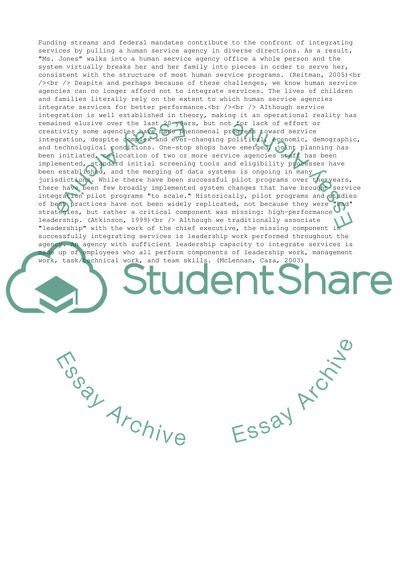Cite this document
(Why Has Service Integration Been So Elusive Essay, n.d.)
Why Has Service Integration Been So Elusive Essay. Retrieved from https://studentshare.org/management/1537534-human-service-integration
Why Has Service Integration Been So Elusive Essay. Retrieved from https://studentshare.org/management/1537534-human-service-integration
(Why Has Service Integration Been So Elusive Essay)
Why Has Service Integration Been So Elusive Essay. https://studentshare.org/management/1537534-human-service-integration.
Why Has Service Integration Been So Elusive Essay. https://studentshare.org/management/1537534-human-service-integration.
“Why Has Service Integration Been So Elusive Essay”, n.d. https://studentshare.org/management/1537534-human-service-integration.


